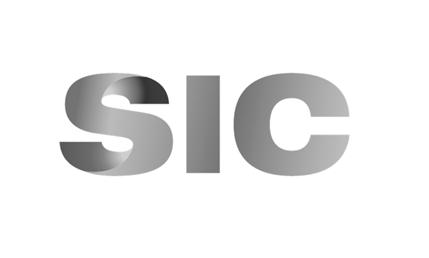
New power semiconductor company United Silicon Carbide Corporation (UnitedSiC) has introduced four new SiC FETs with RDS (ON) values as low as 7mΩ and offer unprecedented performance and high efficiency. Suitable for high-power applications such as electric vehicle (EV) inverters, high-power DC/DC converters, high-current battery chargers and solid-state circuit breakers. Of the four new UF3C SiC FETs, one is rated at 650V with an RDS (ON) of 7 mΩ, while the other three are rated at 1200V with an RDS (ON) of 9 and 16 mΩ. All devices are available in a universal TO247 package.
These new sicFETs integrate high-performance third generation SiC JFET and common Source Common gate (cascode) optimized Si MOSFETs, a circuit configuration that creates a fast, efficient device in a common package form. However, it can still be driven with the same gate voltage as Si IGBTs, Si MOSFETs, and SiC MOSFETs. In addition, to optimize high temperature operating performance, sintered-silver technology provides low thermal resistance installation for TO247 packages. Anup Bhalla, Vice President of engineering at United Silicon Carbide, explained:
What really matters is that we achieved the industry's lowest RDS(ON) in our class. In addition, the standard drive characteristics and common packaging of these devices mean that they can directly replace less efficient devices in a variety of applications with little or no additional design effort.
UF3SC065007K4S has a maximum operating voltage of 650V, drain current up to 120A and RDS(ON) of 6.7mΩ. UF3SC120009K4S has a maximum operating voltage of 1200V, drain current up to 120A and RDS (ON) of 8.6mΩ. Both are available in a four-pin Kelvin package for cleaner drive characteristics.
For low power designs, UnitedSiC offers two products with a maximum operating voltage of 1200V, drain current up to 77A, and RDS (ON) of 16mΩ. The UF3SC120016K3S is available in a three-pin package, while the UF3SC120016K4S is available in a four-pin package. The low RDS (ON) characteristics of these devices enable more than 99% efficiency in inverter designs, thanks to their excellent reverse recovery performance and low on-voltage drop in freewheeling mode. With these devices, inverter designers can enable existing designs to achieve higher power at the same switching speed without having to redesign their basic circuit architecture, which can handle higher currents without generating excessive resistance heating. The low switching losses of these devices allow designers to run inverters at higher frequencies to produce a clearer output current waveform. By reducing core loss, the efficiency of the driven motor can be improved. If the inverter is designed as an output with filtering capabilities, the higher operating frequency will allow the use of smaller filters.
These devices also work well in parallel to handle very large currents. Rigorous loss calculations show that a 200kW, 8kHz inverter built in parallel with six UF3SC120009K4S SiC FET has only about one-third of the combined switching and conduction losses of a comparable inverter built with the most advanced IGBT/ diode modules. The low RDS (ON) of the UF3C series SiC FETs enables ultra-low conduction losses, which means that the device can also be used as a solid-state circuit breaker and a battery disconnect switch in an EV, which can turn off very large currents very quickly and, when used as a circuit breaker, has a self-limiting property that controls the peak current flowing through it.
This feature can also be used to limit the surge current flowing into inverters and motors. For systems with lower battery voltages, UF3SC65007K4S can achieve much higher efficiency in the charging circuit than the IGBT. If a SiC FET is used to build a synchronous rectifier to replace the secondary side diode, the loss can be greatly reduced, thereby reducing the cooling burden of the charger. For example, at an operating current of 100A and a duty cycle of 50%, a JBS diode has a conduction loss of nearly 100W, while UF3SC065007K4S, used as a synchronous rectifier, has a conduction loss of only 45W.
The Products You May Be Interested In
 |
CP2725AC48TEZ-FB | AC/DC CONVERTER 48V 5V 2725W | 195 More on Order |
 |
CAR1248FPBC-Z01A | AC/DC CONVERTER 48V 1200W | 265 More on Order |
 |
CP3500AC54TEZ | AC/DC CONVERTER 54V 3500W | 408 More on Order |
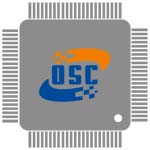 |
AXH010A0G-SRZ | DC DC CONVERTER 2.5V 25W | 472 More on Order |
 |
AXH010A0FZ | DC DC CONVERTER 3.3V 33W | 489 More on Order |
 |
EHW007A0B41-SZ | DC DC CONVERTER 12V 84W | 247 More on Order |
 |
QRW035A0F841-H | DC DC CONVERTER 3.3V 116W | 121 More on Order |
 |
QRW025A0G1-H | DC DC CONVERTER 2.5V 63W | 156 More on Order |
 |
QRW025A0F1-HZ | DC DC CONVERTER 3.3V 83W | 268 More on Order |
 |
QPW060A0P1Z | DC DC CONVERTER 1.2V 72W | 473 More on Order |
 |
FNW700R64-18Z | DC DC CONVERTER 28V 700W | 394 More on Order |
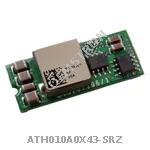 |
ATH010A0X43-SRZ | DC DC CONVERTER 0.8-3.6V 36W | 146 More on Order |
 |
QW015A0F1 | DC DC CONVERTER 3.3V 50W | 208 More on Order |
 |
QRW025A0G41 | DC DC CONVERTER 2.5V 63W | 465 More on Order |
 |
QBK020A0B1 | DC DC CONVERTER 12V 240W | 338 More on Order |
 |
MC005A | DC DC CONVERTER 5V 5W | 221 More on Order |
 |
LW015B | DC DC CONVERTER 12V 15W | 443 More on Order |
 |
LW005F84 | DC DC CONVERTER 3.3V 5W | 371 More on Order |
 |
JAW075F1 | DC DC CONVERTER 3.3V 50W | 301 More on Order |
 |
HW005A0F1-SR | DC DC CONVERTER 3.3V 17W | 257 More on Order |
 |
DW025CL-M | DC DC CONVERTER +/-15V 25W | 193 More on Order |
 |
ATH010A0X43 | DC DC CONVERTER 0.8-3.6V 36W | 345 More on Order |
 |
EBDW025A0B641-PHZ | DC DC CONVERTER 12V 300W | 402 More on Order |
 |
PIM400K8Z | DC DC CONVERTER -48V 400W | 406 More on Order |
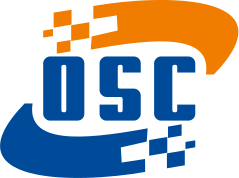
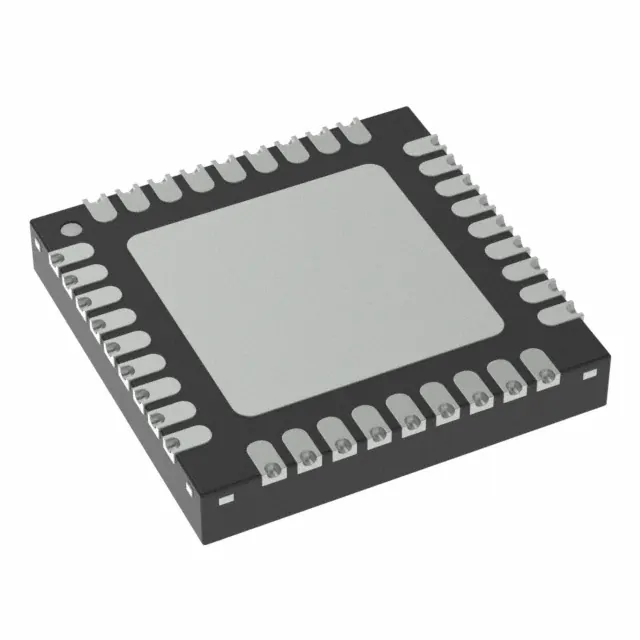 Semiconductors
Semiconductors









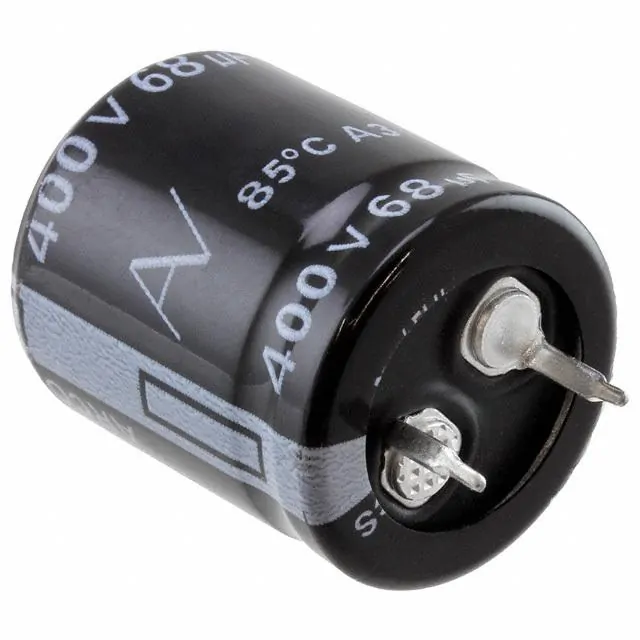 Passive Components
Passive Components









 Sensors
Sensors








 Power
Power









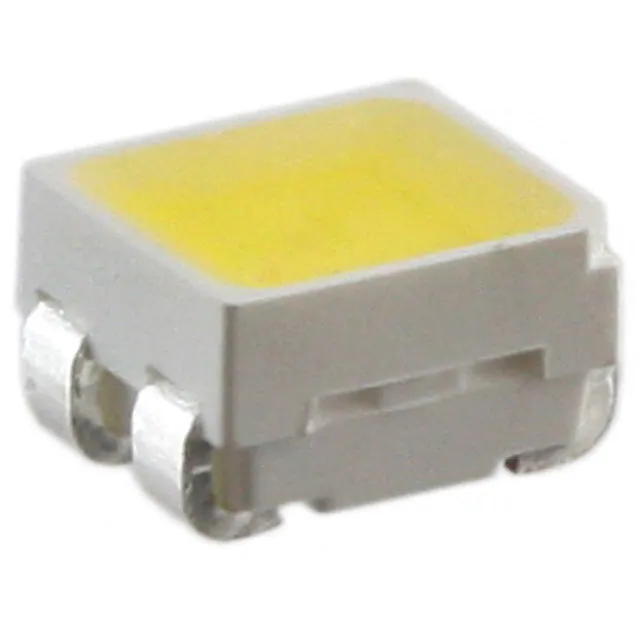 Optoelectronics
Optoelectronics








